The traditional methods of learning to ride a bike are a thing of the past. Nowadays, safer strategies are used with much quicker results.
 Image by Specialized Bikes
Image by Specialized Bikes
The bicycle has managed to resist the world of digital devices and children still consider it to be one of their most exciting toys. For this reason, most parents will not escape the experience of teaching their little ones to ride a bike. This learning experience also affects many adults, who were maybe uninspired or had no opportunity to learn as a child, but discover, in later life, that cycling is one of the most widespread sports and recreational activities in the world and the most sustainable and healthy means of transport.
Here, we are going to take a look at the most widespread teaching method for both children and adults, developed in the Northern European countries with a tradition in cycling and where the bicycle is a deeply rooted means of transport.
Bikes with Stabilisers / Training Wheels
For years, the traditional learning system has been to attach stabilisers or training wheelsto the bike, to familiarise the child with the dynamics of pedalling and braking. Then, in the final phase, the stabilisers are removed and the child is faced with the challenge of keeping balance, usually with the help of an adult who holds onto the child, until they eventually let go. This method certainly works, as it is how most of us have learned. But it is slow and involves the risk of a fall on those first attempts, as well as causing back pain to the adult running behind the bicycle.
Nowadays, alternative methods are used, such as balance bikes and push bikes, which have no pedals. These offer an easier, faster and more natural learning experience to acquire balance and coordination skills. The learning process with these bikes is different: children begin by developing their psychomotor and balance skills by pushing themselves along with their feet, without having to worry about pedalling and in greater safety, as they are supported at all times by their feet. Once they have acquired these skills, it is much more natural for them to take the next step, which is to learn to pedal to keep moving, skipping the stabiliser phase entirely.
In the case of adult beginners, it is almost impossible and certainly dangerous to hold onto them while they pedal. The most suitable method involves removing the pedals to turn the into a balance or push bike.
 Imagen Woom Bicycles Smart Bike
Imagen Woom Bicycles Smart Bike
When to Start
The age ranges we refer to should only be considered a guideline, as children develop differently, and each parent will have to assess when their child is ready.
Children usually begin the first phase of learning between the age of 2 and 3, using a balance bike with ,10" and 12" wheels. But this age depends on various factors and can be extended to 5-6 years old, in which case, the learning process will involve larger wheel diameters.
By the age of 4 to 5, children have usually developed their balance skills and will be strong enough to pedal. This is the right time to start teaching them how it works and to start practising.
But whatever the age or method, it is the child who should decide when to start cycling. Adults can help by motivating and encouraging them to take on the challenge, but they should never force them into it. If the child lacks confidence, this can easily lead to rejectionand delay their learning.
Choosing the Right Bike and Equipment
The first thing to do is to choose the right bike, based on the child’s learning stage, age and height. In this other article, we explain in detail
how to choose the right children's bike.
 Imagen del blog: How to choose the right size child’s bike
Imagen del blog: How to choose the right size child’s bike
But whatever the size and type of bike, during the learning phase, the rider should be able to touch the ground with their feet when sitting on the saddle. Once they learn to pedal, the saddle can be raised to the correct height or they can progress to a larger bike.
 Imagen del blog: How to choose the correct child’s bike
Imagen del blog: How to choose the correct child’s bike
The weight of the bike also makes a big difference to the ease of use for children and this is the weak point of most children's bikes. A lightweight bike is much easier to handle and increases the child’s control and enjoyment.
Brakes are an essential safety feature, and it is important that the brake levers fit the child's hands, so that they can be reached and used in comfort.
Here, at Mammoth, we select children's bikes carefully to facilitate finding a bike that suits the needs of your child and is compatible with your budget. You can see our selection of bikes at a wide range of prices, by top cycling brands..
Remember that beginner cyclists should also be equipped with the following essential accessories to guarantee their safety:
- A helmet helps prevent major injuries. It is always easier to encourage your child to wear it, if the helmet has an attractive colour or design.
- Goggles protect the eyes from foreign objects, water spray, etc.
- Gloves prevent injury to the hands in the event of a fall, which is very likely at the beginning.
The Method
Once your child is at the right stage and has suitable material, it is time to learn how to ride a bike in four steps, which achieve excellent results in 4 to 5 year olds and adults, with just a few hours of practice. 2 to 3 year olds will use a balance bike to practice steps 1 and 2 progressively until they have the physical maturity to start pedalling, which, as we have said, is usually around the age of 4 or 5, although sometimes earlier.
Step 1. Learn to push the bike along with your legs
For this phase, choose smooth, flat terrain. If the bike has pedals, it is a good idea to remove them, so they do not get in the way while using it as a balance bike. Learning to use the brakes is also important at this stage.
Position the bike saddle so that it allows the beginner to place the entire soles of both feet on the ground. The rider should then use the feet to push the bike along, as if walking. This step is usually very fast to learn.
Step 2. Learn to keep balance on the bike
Once the rider is able to move the bike with ease by pushing along with the feet to gain speed and brake correctly, the next stage is to lift both feet off the ground, while keeping balance. First on short stretches, which will gradually become longer. In this step, you can use cones or static objects as a reference point to set increasingly longer challenges. And, without realising it, balance will be developed in movement. Once this has been achieved, different challenges and exercises can enforce balance and help learn to turn. The use of cones is very useful for designing routes, balancing sections, turns, etc.
The rider can also practice on smooth terrain with a gentle slope, as this facilitates the momentum of the bike, in order to focus more on balance and less on the feet. But it is very important that the child or adult is able to use the brakes with ease.
Step 3. Learn to pedal.
Once the rider is confident with step 2, it is time to take on the final step that will bond the rider to the bike forever. At this stage, children who have been learning on balance bikes will have to either change to a bike with pedals, or attach the pedals included, if this is an option. If you had to remove the pedals to practice the first two steps, now is the time to put them back on.
Before starting, it is a good idea to explain clearly how pedals work and the combined effort of the two feet. Once this is understood, the rider should put one foot on one pedal and push off with the other foot, in order to practice balancing while in movement like in step 2, but this time the rider should proceed to raise the foot from the ground to the second pedal, so that both feet are resting on the pedals.
At first, it may be easier to push off with your foot and take your time lifting it just slightly off the ground, towards the pedal and as you feel more confident, the rider will gradually lift it onto the pedal and speed up this process. Once the rider feels comfortable with both feet on the pedals, it is time to push off with one foot and as soon as it is lifted onto the pedal, start pedalling. When they succeed, it is a matter of repeating this process of starting, braking and stopping, until the rider is confident enough to tackle longer stretches.
Step 4. Learn how to control the direction and line of the bike.
Practice will allow the beginner to pedal and stop in a straight line with ease and confidence and the next step is to learn to steer the bike by changing direction at will. To do this, it is once again very useful to use cones and design circuits which involve bends. Start with very open and easy turns, and gradually reduce the distance and the angle of the bends. Before you know it, the rider will be able to control the steering of the bike and be ready to enjoy the many aspects of this wonderful machine.
We hope that this short guide will help you teach cycling to many children and adults, so that they will grow to love this great sport and contribute to filling our cities with bikes.
You can find more information in these videos and related articles:


 Image by Specialized Bikes
Image by Specialized Bikes
 Imagen Woom Bicycles Smart Bike
Imagen Woom Bicycles Smart Bike
 Imagen del blog: How to choose the right size child’s bike
Imagen del blog: How to choose the right size child’s bike
 Imagen del blog: How to choose the correct child’s bike
Imagen del blog: How to choose the correct child’s bike
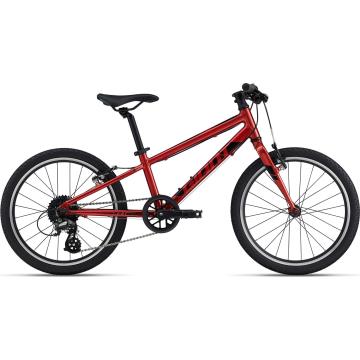

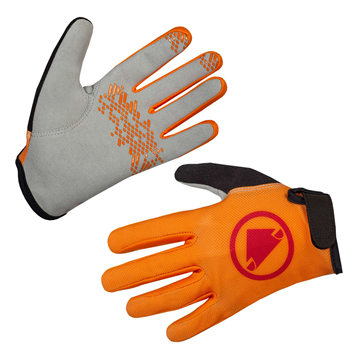

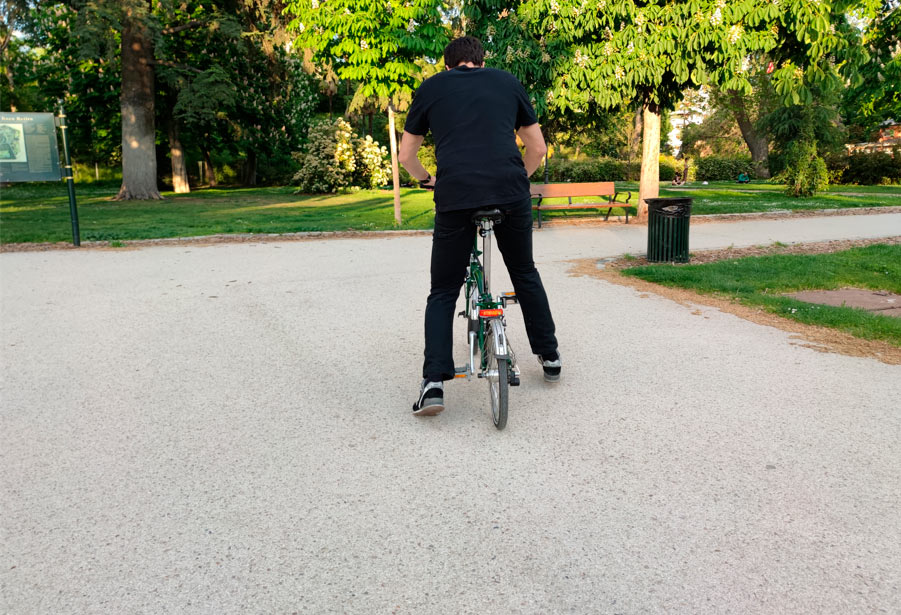
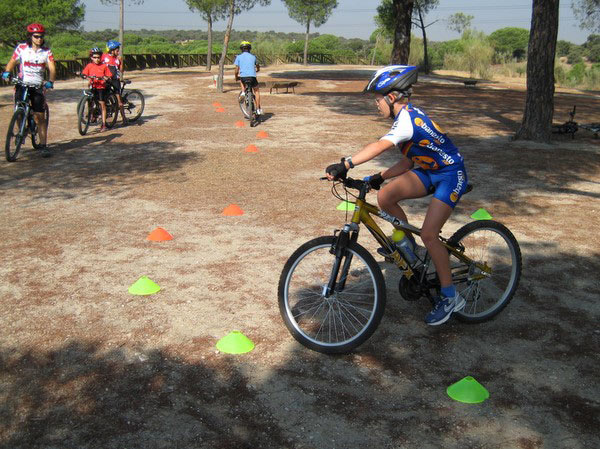
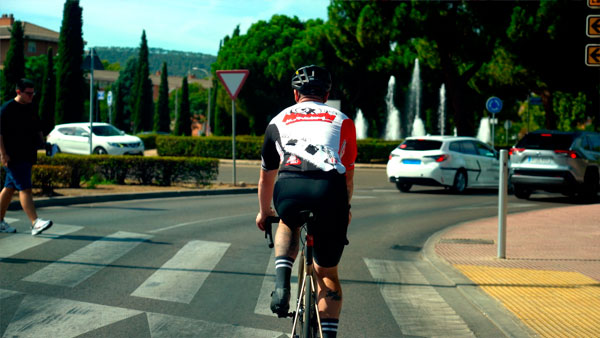

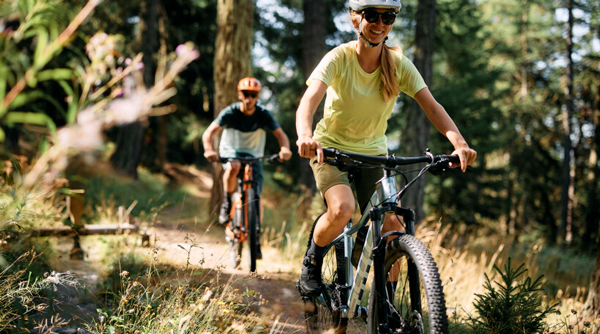

Leave a comment
Be the first to comment on this article.